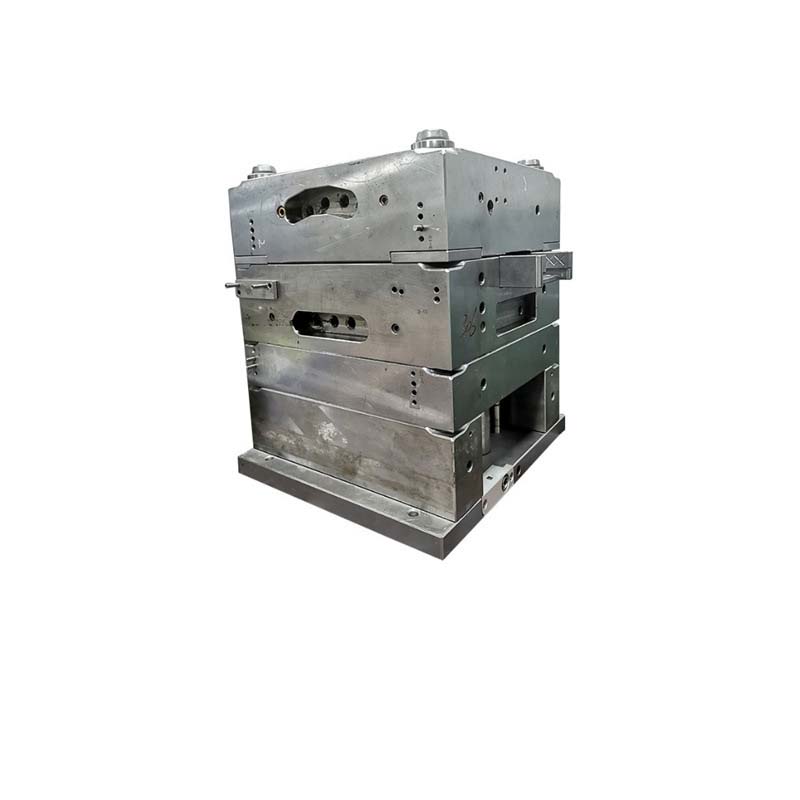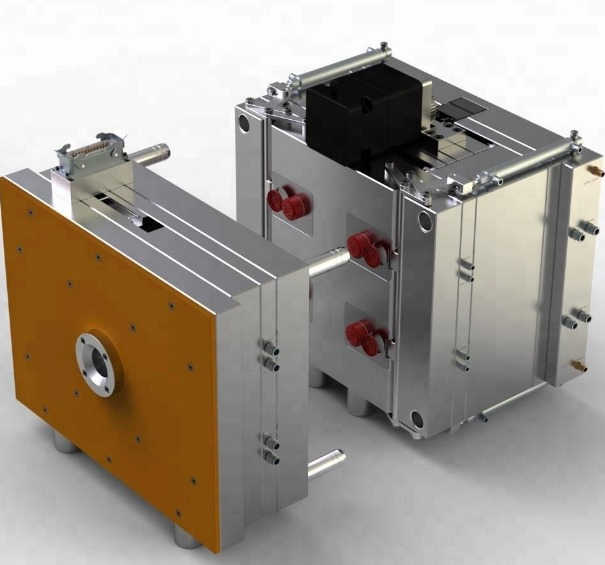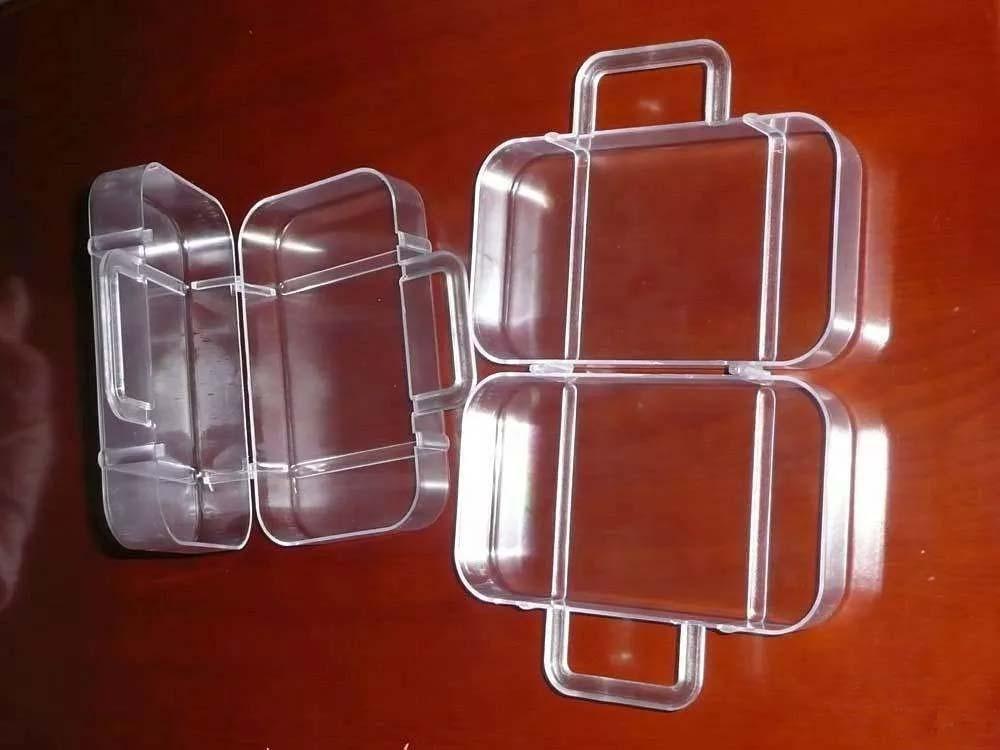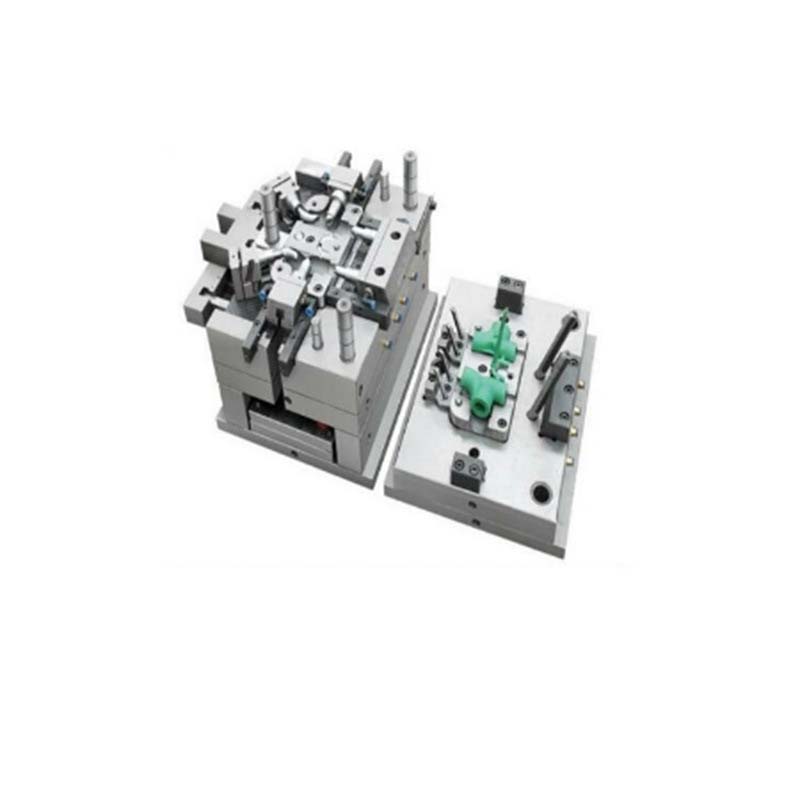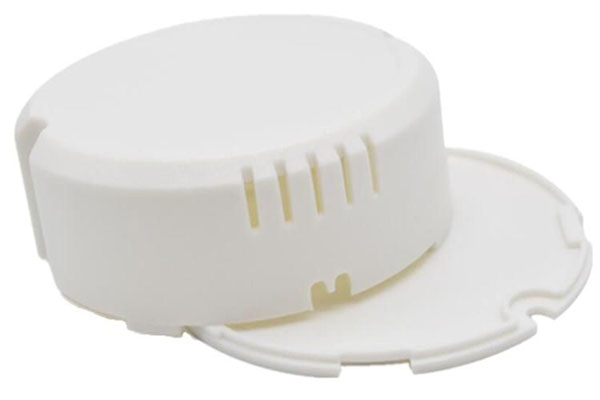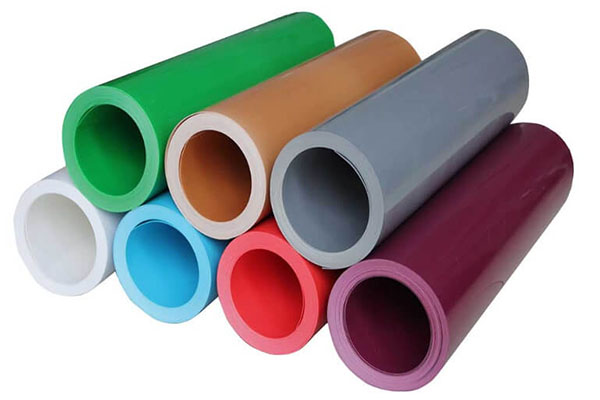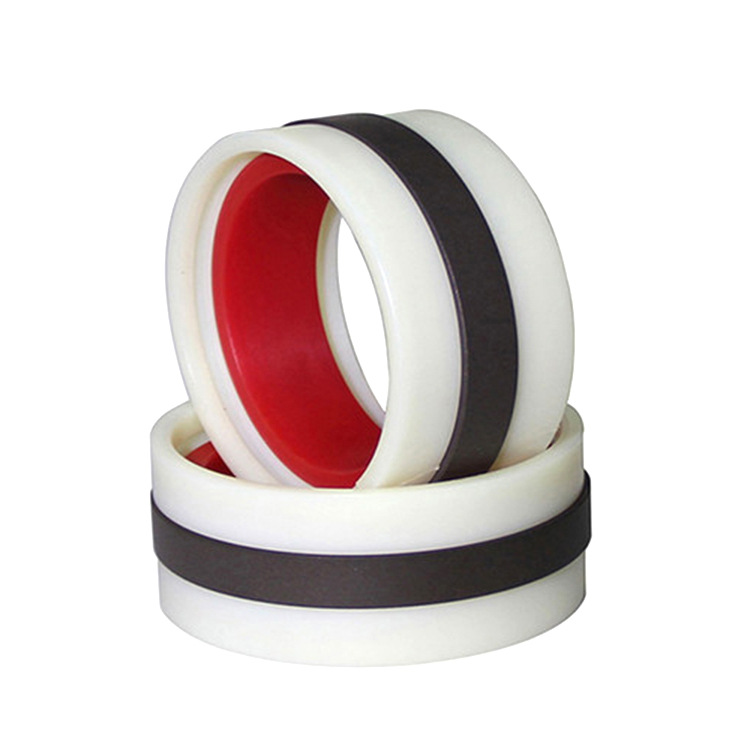Introduction
Unveiling the World of Plastic Injection Molding
Plastic products are an inseparable part of our daily lives. From the small buttons on our clothes to the large body panels of cars, plastic injection molding plays a crucial role in their production. This manufacturing process has become one of the most widely used methods in the plastics industry, thanks to its high - efficiency, precision, and ability to produce a vast range of products.
In our daily routine, we encounter numerous plastic injection - molded items. For example, the remote controls we use for our TVs are made through plastic injection molding. These parts require high precision to ensure that the buttons work smoothly and the overall shape fits comfortably in our hands. The process allows for the creation of complex shapes with fine details, such as the grooves on the sides of the remote for better grip. Another common example is the plastic cutlery we use for picnics or takeout meals. It is lightweight, inexpensive, and can be mass - produced quickly using plastic injection molding.
The application of plastic injection molding extends far beyond these simple household items. In the automotive industry, large body panels, bumpers, and interior components like dashboards are all products of plastic injection molding. These parts not only need to be aesthetically pleasing but also meet strict safety and durability standards. In the electronics field, the cases of smartphones, tablets, and laptops are often made through this process. The ability to create thin - walled, yet strong structures is essential for the modern, sleek designs of these devices.
In the medical industry, plastic injection - molded products range from disposable syringes to complex medical device housings. The high precision and repeatability of the injection molding process ensure that these medical products meet the strict quality and safety requirements. In the packaging industry, plastic containers, lids, and blister packs are all commonly produced by injection molding, providing an efficient and cost - effective way to package various products.
Given its wide - ranging applications, it's clear that plastic injection molding is a fundamental process in modern manufacturing. But how does it work, and what are the differences when it comes to producing small items like buttons compared to large components such as body panels? Let's explore these aspects in more detail.
The Basics of Plastic Injection Molding
What is Plastic Injection Molding?
Plastic injection molding is a manufacturing process in which molten plastic is injected into a mold cavity under high pressure. Once the plastic has cooled and solidified within the mold, the mold is opened, and the finished plastic part is ejected. This process is highly versatile and can produce a wide variety of products, from the tiniest components to large - scale industrial parts.
To better understand this process, think of it like making a cake in a mold. Just as you pour the liquid cake batter into a shaped baking mold, in plastic injection molding, the molten plastic (which is like the liquid cake batter) is injected into a precisely designed metal mold. The heat in the baking process for the cake is equivalent to the heat used to melt the plastic in injection molding. And when the cake cools and sets in the mold, it takes on the shape of the mold, just as the plastic cools and solidifies to take on the shape of the injection mold cavity.
The raw materials used in plastic injection molding are typically thermoplastic pellets. These pellets are fed into the hopper of an injection molding machine. As they move through the heated barrel of the machine, they are melted into a viscous, flowing state. This molten plastic is then forced, or injected, into the mold cavity, where it fills every nook and cranny of the mold's intricate design.
Key Components in the Process
- Injection Molding Machine: This is the heart of the plastic injection molding process. It consists of several key parts. The hopper is where the plastic pellets are initially stored. The barrel is a long, heated cylinder where the plastic pellets are melted. Inside the barrel, a screw rotates to push the plastic pellets forward, melting them as they move along. The injection unit is responsible for forcing the molten plastic into the mold at high pressure. A typical injection molding machine can generate injection pressures ranging from 10,000 to 30,000 psi (pounds per square inch), depending on the size and complexity of the parts being produced.
- Mold: The mold is a custom - designed tool that determines the final shape of the plastic product. It is usually made of steel or aluminum due to their high strength and heat resistance. A mold can be a simple two - part design for basic shapes or a highly complex multi - cavity mold for more intricate products. For example, a mold for producing a simple plastic button might have a single cavity, while a mold for manufacturing a car body panel could be a large, complex structure with multiple moving parts to account for the panel's shape and any features like indentations or ribs. Molds can also be designed to produce multiple identical parts in one cycle, increasing production efficiency.
- Cooling System: After the molten plastic is injected into the mold, it needs to cool down and solidify quickly. The cooling system, often a network of channels within the mold, circulates a coolant (usually water) to remove the heat from the plastic. This rapid cooling ensures that the plastic part maintains its shape and dimensional accuracy. The cooling time can vary depending on the size and thickness of the part. For small, thin - walled parts like buttons, the cooling time might be only a few seconds, while for large, thick - walled body panels, it could be several minutes.
From Buttons to Body Panels: A Diverse Application Range
Buttons: Small yet Mighty in Injection Molding
Buttons are some of the smallest yet most commonly produced items through plastic injection molding. They are everywhere - on our clothing, remote controls, and electronic devices. The production of buttons via injection molding requires high precision. For example, the buttons on a high - end smartphone need to have a consistent feel when pressed, which means the height and shape of each button must be uniform.
The mold for button production is relatively simple compared to more complex parts. It often has multiple cavities to increase production efficiency. A typical mold for small plastic buttons can have dozens or even hundreds of cavities. This allows for high - volume production, with some factories capable of producing hundreds of thousands of buttons in a single day. The materials used for buttons are usually common plastics like polypropylene (PP) or acrylonitrile butadiene styrene (ABS). PP is favored for its low cost, good chemical resistance, and relatively high impact strength, making it suitable for everyday use, such as on clothing. ABS, on the other hand, is more often used for electronic device buttons due to its better heat resistance and aesthetic appearance.
Body Panels: A Monumental Task in Manufacturing
In contrast, manufacturing body panels for cars is a much more complex and challenging task. Body panels are large - scale components, with some car door panels measuring over a meter in length. They need to meet high - strength requirements to ensure passenger safety in the event of a collision. For example, the front fenders of a car must be able to withstand a certain level of impact without significant deformation.
The molds for body panels are massive and complex. They are made of high - strength steel to withstand the high injection pressures and the large - scale shaping process. These molds often require advanced manufacturing techniques, such as computer - aided design (CAD) and computer - aided manufacturing (CAM), to ensure the precise shaping of the body panels. The production process also involves careful consideration of the material used. Polypropylene (PP) with glass fiber reinforcement is a common choice for body panels as it offers a good balance between strength, weight, and cost. The glass fibers increase the rigidity and impact resistance of the PP, making it suitable for automotive applications.
Another challenge in body panel production is the need for a smooth surface finish. Any imperfections on the surface of a car body panel are highly visible, so the injection molding process must be carefully controlled to avoid issues like sink marks, flow lines, and warping. This requires precise control of the injection speed, pressure, and cooling time.
Comparison Table: Buttons vs Body Panels
| Aspects | Buttons | Body Panels |
| Size | Small, usually a few millimeters to a few centimeters in size | Large, often over a meter in length and width |
| Precision Required | High, especially for functions like button - press feel | Very high, for both structural integrity and aesthetic appearance |
| Material | Commonly PP or ABS | Usually PP with glass fiber reinforcement or other high - strength plastics |
| Production Batch | High - volume, can be produced in hundreds of thousands per day | Lower volume compared to buttons, but still in large numbers for mass - produced cars |
| Mold Complexity | Relatively simple, often with multiple cavities for high - volume production | Extremely complex, large - scale molds made of high - strength steel |
| Injection Pressure | Moderate, usually in the range of 10,000 - 20,000 psi | High, can be up to 30,000 psi or more to ensure proper filling of the large mold cavity |
| Cooling Time | Short, usually a few seconds to a minute | Long, several minutes to ensure uniform cooling and prevent warping |
Yigu Technology's Insights
At Yigu Technology, as a non - standard plastic metal products custom supplier, we understand the nuances of plastic injection molding like the back of our hands. When it comes to producing non - standard products, whether they are small intricate plastic - metal components or large - scale assemblies, the plastic injection molding process needs to be highly customized.
For small - scale non - standard parts, similar to buttons, we focus on achieving the highest precision in mold design. Our engineers use advanced CAD/CAM technology to create molds that can replicate the tiniest details accurately. We also pay close attention to the material selection, often choosing specialized plastics that can withstand unique environmental conditions or offer specific properties required by the product.
In the case of large non - standard body panels or complex plastic - metal structures, we optimize the injection molding parameters. This includes fine - tuning the temperature, pressure, and cooling time to ensure that the large - scale parts are free from defects such as warping or sink marks. Our experience in handling a wide range of materials allows us to select the most suitable ones for each project, balancing factors like strength, weight, and cost.
We pride ourselves on our ability to handle complex and diverse customer requirements. Whether it's a one - off prototype or high - volume production, Yigu Technology has the expertise and state - of - the - art equipment to deliver top - quality non - standard plastic metal products through plastic injection molding.
FAQ
Q1: How to choose the right plastic material for injection molding?
When choosing a plastic material for injection molding, consider the product's end - use. For products that require high chemical resistance, such as chemical containers, materials like polyethylene (PE) or polypropylene (PP) are good choices. If the product needs to have high impact strength, acrylonitrile butadiene styrene (ABS) could be suitable. For parts that will be exposed to high temperatures, materials like polycarbonate (PC) with its high heat - deflection temperature might be the best fit. Also, take into account factors like cost, as some high - performance plastics can be more expensive. For mass - produced, low - cost items like plastic cutlery, PP is often preferred due to its affordability and good general - purpose properties.
Q2: What are the common defects in plastic injection molding and how to solve them?
Common defects include:
- Flash : This occurs when excess plastic leaks out between the mold halves. It can be caused by high injection pressure, low lock - mold force, or a misaligned mold. To solve it, reduce the injection pressure, increase the lock - mold force, and check and adjust the mold alignment.
- Air Bubbles : Bubbles can form due to trapped air or moisture in the plastic. To fix this, ensure proper drying of the plastic pellets before molding and improve the mold's venting system to allow air to escape during injection.
- Sink Marks : These are depressions on the surface of the part, usually caused by uneven cooling or excessive shrinkage in thick - walled areas. Adjust the cooling time and temperature, and consider adding ribs or changing the wall thickness design to evenly distribute the material and reduce shrinkage.
Q3: Can plastic injection molding be used for small - batch production?
Yes, plastic injection molding can be used for small - batch production, but it has some cost considerations. The initial investment in mold making is relatively high, so for very small batches, the cost per part can be expensive. However, if the parts have complex geometries or high - precision requirements, injection molding can still be a viable option. In some cases, using soft molds made of materials like aluminum or even 3D - printed molds can reduce the upfront mold - making cost for small - batch production. Additionally, some injection molding service providers offer flexible production options that can accommodate small - batch orders, making it more accessible for businesses with limited production needs.

